-
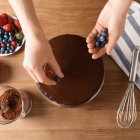 How to Make Cake at Homes: Tips & Tricks + 6 Easy-to-Make Cake Recipes that You Can Prepare Right in Your Kitchen! (2020)
How to Make Cake at Homes: Tips & Tricks + 6 Easy-to-Make Cake Recipes that You Can Prepare Right in Your Kitchen! (2020)
-
 Wondering How to Make a Cake at Home? 8 Simple, Step-by-Step Recipes for Baking a Cake without an Oven Plus Tips and Tricks for Making Your Cake Perfect, Just Like You! (2020)
Wondering How to Make a Cake at Home? 8 Simple, Step-by-Step Recipes for Baking a Cake without an Oven Plus Tips and Tricks for Making Your Cake Perfect, Just Like You! (2020)
-
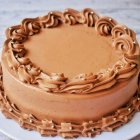 यहां 6 आसान और स्वादिष्ट केक रेसिपी हैं, जो आपको अपने घर पर जरूर बनाने चाहिए। घर पर केक बनाने के लिए जरूरी सामान(2020)
यहां 6 आसान और स्वादिष्ट केक रेसिपी हैं, जो आपको अपने घर पर जरूर बनाने चाहिए। घर पर केक बनाने के लिए जरूरी सामान(2020)
Baking Might Be a Science But it's Not Rocket Science
It is said that a savoury chef is the magician of the kitchen and a baker is the scientist. More often than not people lack the confidence to bake because they believe they cannot succeed as they do not understand the science of baking. They usually heap a bowl with ingredients and mix it and leave it to pure chance to be a perfect cake. One of the biggest mistakes that people make is they try to find out why their cake did not turn out to be as expected by analyzing the baked product, but the answer lies in the ingredients and the batter. The science of baking is in the mixing bowl. Though baking a cake is a difficult and complicated task yet it is not undoable. Once you understand the science behind it, it is, as the saying goes, a piece of cake.
Recipes for 3 Basic Types of Cakes
There can be a variety of cakes made with a variety of ingredients and with similar ingredients but wildly different methods that look and taste very different from each other. But for the ease of preparation and study, the array of cakes have been put under three main categories; the shortened cake, the sponge cake and the chiffon cake. This classification is based on whether the cake uses a shortening agent or not. Such a classification can help a baker to identify what kind of cake he/she is making which will help him/her to do a better selection of the ingredients to bring out the flavour and texture of the cake.
Shortened Cake
Shortened cakes
These are cakes that use a solid shortening agent, usually margarine or butter. Shortened cakes are conventional cakes and are very common. Popular shortened cakes are cheesecake, banana cake, chocolate brownies, red velvet cake etc. The recipe below for a baked cheesecake involves a biscuit crumb and a rich, cheese-based cake filling that is gently baked in a water bath.
Cheesecake
Ingredients:- 1 3/4 cups Graham Cracker Crumbs (about 15 full crackers)
- 1/3 cup butter, melted
- 1/4 cup granulated sugar
- 1/2 teaspoon kosher salt
- 4 packets of Cream Cheese
- 1 cup granulated sugar
- 1/2 cup sour cream, room temperature
- 2 teaspoons vanilla
- 3 eggs
Sponge Cake
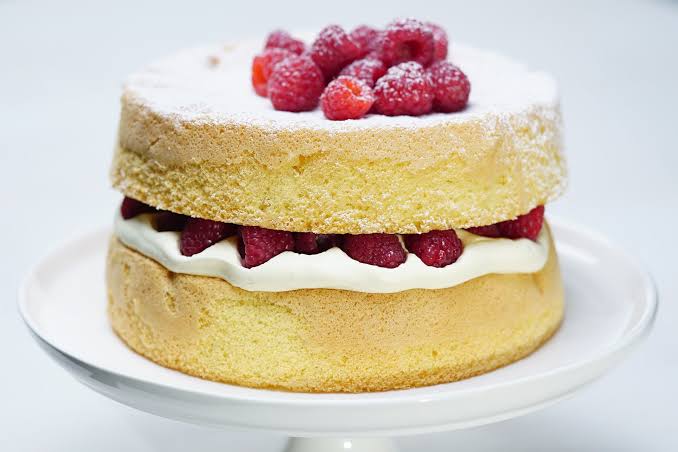
These are cakes that have been made without using a shortening agent or fat. This category is further subdivided into two more categories namely yellow sponge cakes and white angel cakes. They are differentiated based on what they are made with. Yellow sponge cakes are made with whole eggs or egg yolks while white angel cakes are made by using only egg whites. Popular sponge cakes are jelly roll under yellow sponge type and angel food cake under white angel type.
Jelly Roll
Ingredients- 3 eggs
- 1 cup of granulated sugar
- 1/3 cups of water
- 1 teaspoon vanilla
- ¾ cup of all-purpose flour
- 1 teaspoon baking powder
- ¼ teaspoon salt
- Powdered sugar
- 2/3 cups of jelly
Chiffon cake
The Chiffon cake is a combination of both shortened cake and sponge cake. It uses a liquid shortening, mostly a vegetable oil, and whole eggs. Some of the popular cakes belonging to this category are orange chiffon cake, vanilla chiffon cake etc.
Orange chiffon cake
Ingredients- 6 large eggs, yolks separated from whites
- 2 cups all-purpose flour
- 1-1/2 cups sugar
- 1 teaspoon salt
- 1/2 teaspoon baking soda
- 3/4 cup fresh orange juice
- 1/2 cup canola oil
- 2 tablespoons grated orange zest
- 1/2 teaspoon cream of tartar
- 1/2 cup butter
- 2 cups confectioners' sugar
- 2 to 4 tablespoons fresh orange juice
- 1/2 teaspoon grated orange zest
7 Easy Tips That will Help You Bake the Perfect Cake Every Single Time
Successful scientific experiments are a result of careful calculation and understanding the nature of the elements used. It is so with baking. Most people fail to bake a proper cake because they do some cardinal mistakes that jeopardize the very batter of the cake. There is also an important rule regarding the oven. But fear not. Follow this BP Guide consisting of 10 tips of baking to bake the perfect cake every single time.
Measure, Measure and Measure
What lies between you and baking a moist, light cake is accurate measuring of the ingredients being used. Proper measuring can make all the difference and prevent your cake from becoming a gummy and dense disaster. To measure correctly, you need three types of measuring tools, a cup with a spout for wet ingredients, flat rimmed cups of various sizes for dry ingredients and several measuring spoons. When measuring liquid ingredient set the spouted cup on a level surface and pour the ingredient till the line of the amount stated in the recipe. As for dry ingredients, don’t attempt to scoop it off with the cup. This will make you put more than necessary amount of that product in the cake batter and destroy the balance of the cake. Instead of use the measuring spoon to put the ingredient in the cup till the rim and spoon off the excess.
Always Use Fresh Ingredients
Whether you are cooking savoury dishes or desserts, using fresh ingredients should be the order of the day. Fresh ingredients ensure that your cake has optimum flavour. Old ingredients taste bad and old leaveners are just not up to the mark. As for substitutes, do not use them except apart from spices. Bake a cake whose ingredients are readily available to you. Baking a cake that requires ingredients exotic to your location simply does not make sense.
Mix Your Ingredients Properly
You must always cream your butter and sugar and whisk your dry ingredients. Make sure there are no lumps in your batter or that it is neither too sticky nor too runny. Improper mixing of cake causes holes to form on the cake and makes the cake tough. Sometimes recipes determine the way the ingredients are to be mixed; whether manually or in a mixer. It is best to follow the mixing instructions if provided by the recipe.
Rules for the Oven
Always pre-heat the oven before putting your cake batter in. The recipe will state the temperature at which the cake is to be baked. Pre-heat the oven at that temperature. If the oven is not pre-heated then the cake will take longer to bake. This increases the chances of over baking which can render the cake dry. Also, while putting the pan inside the oven, make sure to place it at the centre of it for even baking.
Never Forget to Line Your Pans with Grease
You bake a perfect, fluffy and moist cake and then find out that you cannot take it off the pan without breaking it as the cake is stuck to the container. This happens when the baking pan is not lined with grease before putting in the batter. Lining the pans ensure that the cake does not stick to the pan and can be removed easily. If the recipe asks for flouring and buttering, then place a piece of parchment paper at the bottom and line the sides with butter and lightly dust with flour. In case you are baking a chocolate cake then substitute the flour with cocoa powder. Use a pastry brush to ensure the lining reaches every nook and corner of the pan.
Use a Pan of the Correct Size
When baking a cake we must always choose a pan that is of the correct size and colour. If the pan is not of the right size and is disproportionate to the amount of batter, then the cake will either be raw or overly baked. Another thing to consider is the colour of the baking pan. Dark colours tend to absorb more heat than light colours. Thus baking a cake in a dark coloured pan increase the chances of the cake developing a hard crust due to over baking. So opt for a light coloured pan to have complete control over the baking process.
Use Ingredients in Their Correct Specified Temperatures
People usually do not pay much attention to this important point of baking but the temperature of ingredients can make or break your cake. Take for example the temperature of the butter. Many recipes ask for softened butter. Softened butter is pliable enough to beat but it can also maintain its structure to trap air bubbles in it to ensure a fluffy cake. Butter that is too firm or too warm and slack will not ensure this. Thus, it is very important to bring the butter to the right temperature before using it. To do so, take the butter out of the refrigerator 45 minutes before you start using it. As soon as you can make a light thumb imprint on the butter, it is ready to use. Similarly, eggs are supposed to be used at room temperature so do not put the eggs in the batter right after taking them out the fridge.
-
 How to Make Cake at Homes: Tips & Tricks + 6 Easy-to-Make Cake Recipes that You Can Prepare Right in Your Kitchen! (2020)
How to Make Cake at Homes: Tips & Tricks + 6 Easy-to-Make Cake Recipes that You Can Prepare Right in Your Kitchen! (2020)
-
 Wondering How to Make a Cake at Home? 8 Simple, Step-by-Step Recipes for Baking a Cake without an Oven Plus Tips and Tricks for Making Your Cake Perfect, Just Like You! (2020)
Wondering How to Make a Cake at Home? 8 Simple, Step-by-Step Recipes for Baking a Cake without an Oven Plus Tips and Tricks for Making Your Cake Perfect, Just Like You! (2020)
-
 यहां 6 आसान और स्वादिष्ट केक रेसिपी हैं, जो आपको अपने घर पर जरूर बनाने चाहिए। घर पर केक बनाने के लिए जरूरी सामान(2020)
यहां 6 आसान और स्वादिष्ट केक रेसिपी हैं, जो आपको अपने घर पर जरूर बनाने चाहिए। घर पर केक बनाने के लिए जरूरी सामान(2020)
-
 इन 5 प्रकार के अद्भुत चॉकलेट केक को अपने घर पर बहुत आसानी से बनाएं। आप उन्हें प्यार करेंगे। विभिन्न प्रकार के चॉकलेट केक की जानकारी।(2020)
इन 5 प्रकार के अद्भुत चॉकलेट केक को अपने घर पर बहुत आसानी से बनाएं। आप उन्हें प्यार करेंगे। विभिन्न प्रकार के चॉकलेट केक की जानकारी।(2020)
-
 Wondering How to Make a Chocolate Cake? Check out 6 Great Recipes to Make Every Type of Chocolate Cake at Home and Delight Your Family (2020)
Wondering How to Make a Chocolate Cake? Check out 6 Great Recipes to Make Every Type of Chocolate Cake at Home and Delight Your Family (2020)
Baking is an Exercise Similar to Meditation
If you ever ask a baker about the reasons for baking, most often than not the answer that you'll get is that baking for them is something that brings them joy and peace. You might have different reasons if you ever start, but the joy of it all would come to you as well.

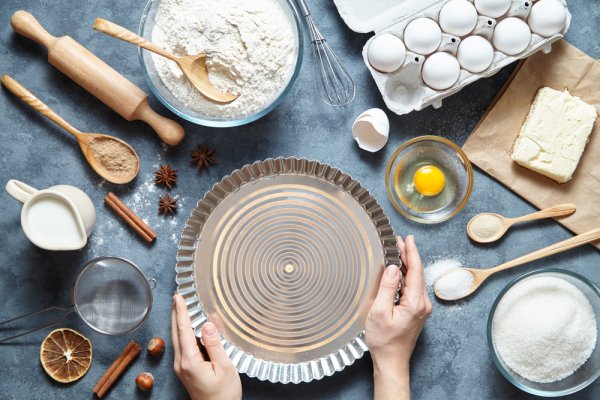
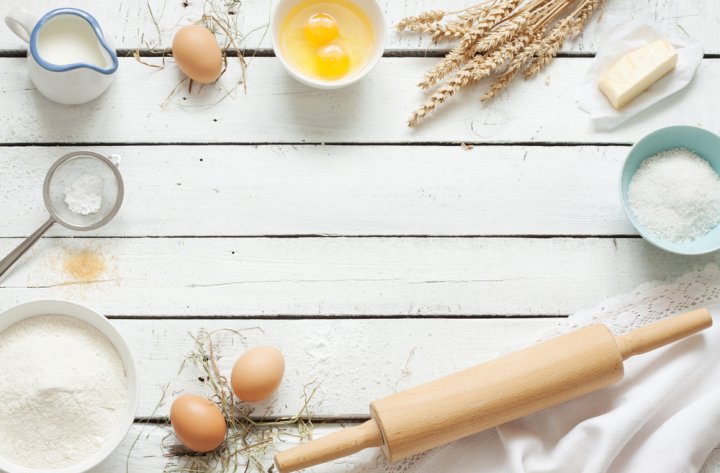
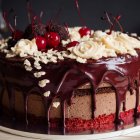


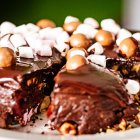



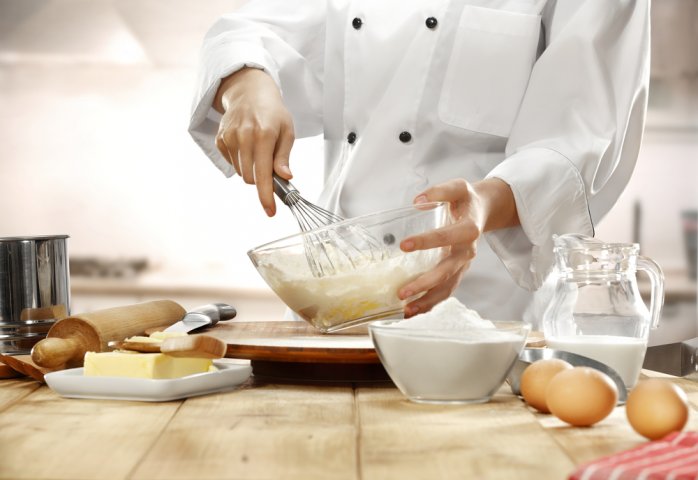

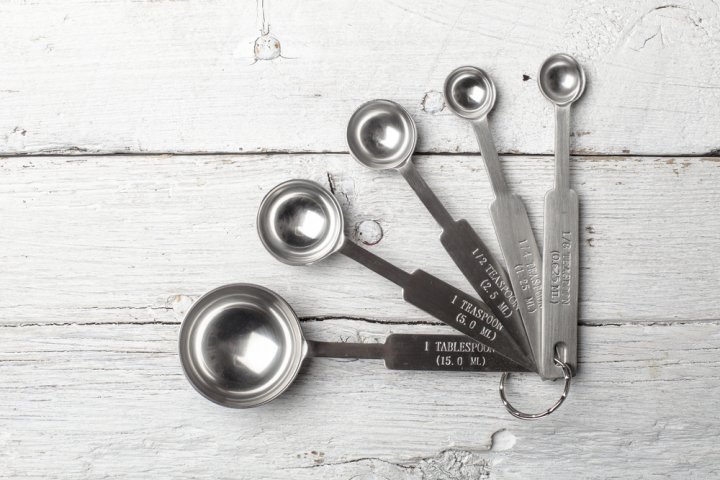
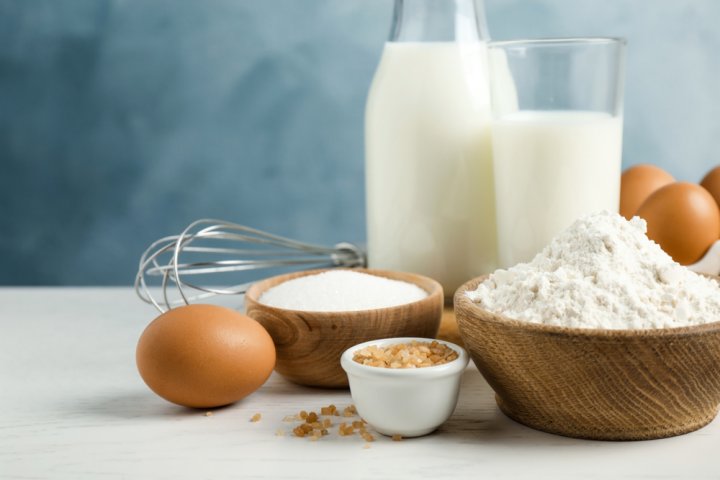

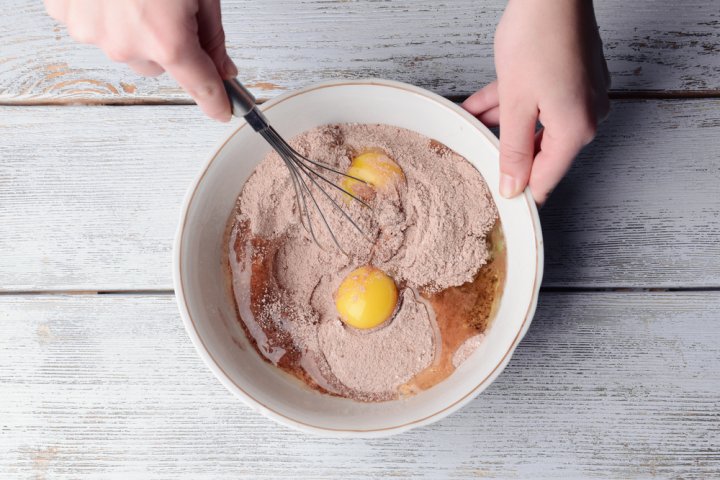
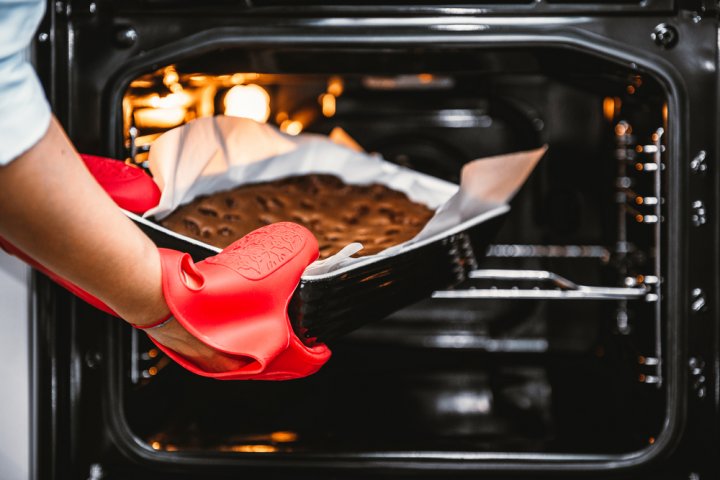
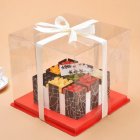
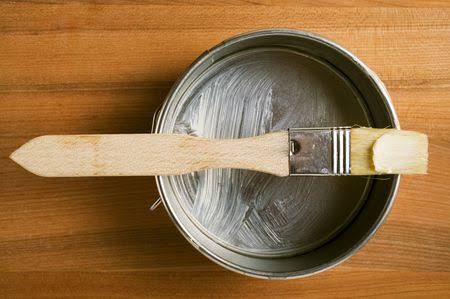
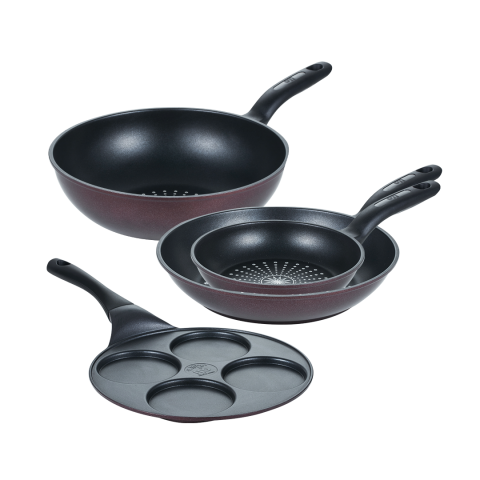


 Highlight the Best Facets of Your Incomparable Beauty: Discover the Best Face Highlighter Currently Available in India and Everything You Need to Know About Using Face Highlighters for Maximum Effect (2023)
Highlight the Best Facets of Your Incomparable Beauty: Discover the Best Face Highlighter Currently Available in India and Everything You Need to Know About Using Face Highlighters for Maximum Effect (2023)
 Forget the Blemishes and Get that Picture Perfect Flawless Radiance on Your Face: Check out the Best Foundations for Oily Skin Currently Available in India and Everything You Need to Know About Makeup Foundations (2023)
Forget the Blemishes and Get that Picture Perfect Flawless Radiance on Your Face: Check out the Best Foundations for Oily Skin Currently Available in India and Everything You Need to Know About Makeup Foundations (2023)
 Make Your Presence Felt Wherever You Go: Discover the Best Perfumes Under 2000 for Both Men and Women to Announce Your Arrival and Make Any Occasion Memorable (2023)
Make Your Presence Felt Wherever You Go: Discover the Best Perfumes Under 2000 for Both Men and Women to Announce Your Arrival and Make Any Occasion Memorable (2023)
 Protect Your Oily Skin from the Harmful Rays of the Sun: Discover the Best Gel Based Sunscreens for Oily Skin and Everything You Need to Know Before Buying One (2023)
Protect Your Oily Skin from the Harmful Rays of the Sun: Discover the Best Gel Based Sunscreens for Oily Skin and Everything You Need to Know Before Buying One (2023)
 Minor Blemishes and Wrinkles Affecting Your Confidence? Check out the Best BB Creams to Conceal Your Worries and Nourish Your Skin to Restore the Healthy, Radiant and Glowing Complexion Back Again (2023)
Minor Blemishes and Wrinkles Affecting Your Confidence? Check out the Best BB Creams to Conceal Your Worries and Nourish Your Skin to Restore the Healthy, Radiant and Glowing Complexion Back Again (2023)
